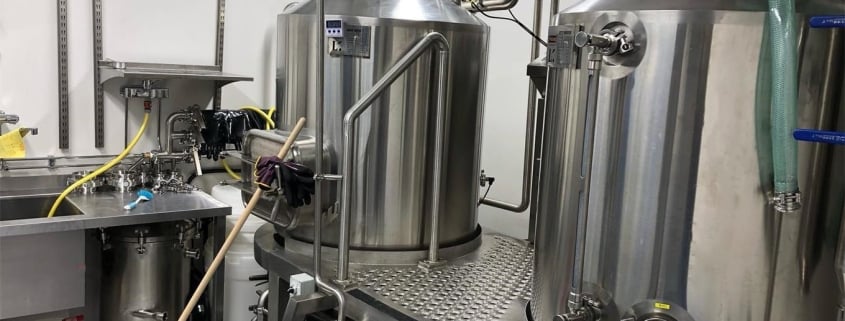Detailed Introduction to the All in One Brewing System
What Is an All-in-One Brewing System?
Picture this: You’re ready to make your first homebrew. You’ve read about mash tuns, brew kettles, pumps, wort chillers, fermenters—it’s a lot, right? That’s where an all-in-one brewing system struts in like the hero of a complicated plot. This brewing system simplifies the entire beer-making process by combining multiple functions—mashing, lautering, boiling, and sometimes even chilling—into a single compact unit.
Basically, think of it as the Instant Pot of the beer world. All-in-one brewing systems are self-contained, highly automated setups that let you control temperature, monitor timings, and manage steps using digital interfaces or integrated apps. Instead of spreading your gear across your entire kitchen or garage, you get a streamlined experience without sacrificing beer quality.
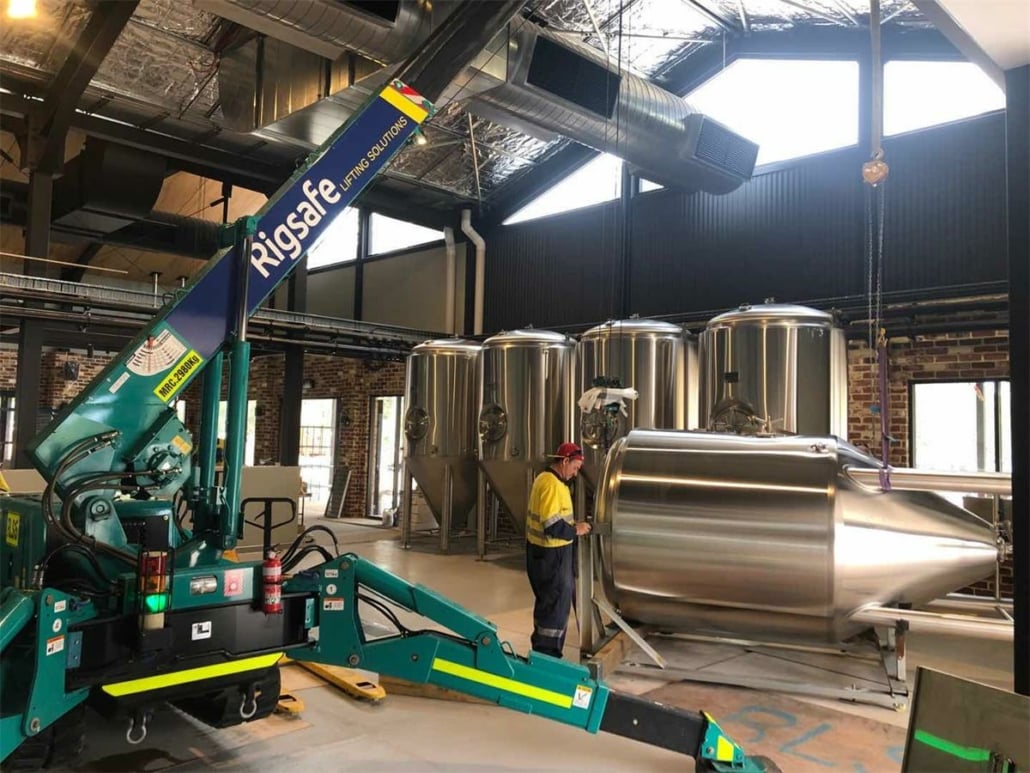
Benefits of Using an All-in-One Brewing System
Using an all-in-one brewing system is like hiring a personal assistant for your homebrew sessions. The perks? Oh, there are plenty:
- Space-Saving Design: No more juggling three different pots, a propane burner, and a cooler. It all fits in one unit.
- Simplified Cleanup: Fewer components mean fewer things to clean, sanitize, and worry about.
- Precise Control: Most units have PID controllers or Bluetooth-enabled interfaces, making it super easy to nail your mash temps and boil times.
- Time Efficiency: Set it, forget it—well, mostly. Automation handles the tricky parts so you can focus on creativity and experimentation.
- Great for Beginners and Pros: Whether you’re just dipping your toes or a seasoned brewer looking to streamline operations, these systems grow with your skill level.
It’s not just about making things easier—it’s about consistency. If you want repeatable results without babysitting every degree of heat, this is your go-to solution.
Who Should Use an All-in-One Brewing System?
Let’s be real: Not everyone wants to MacGyver a brew rig from scratch. If you’re someone who values convenience, consistency, and space efficiency, then an all-in-one system could be your holy grail. Ideal users include:
- Homebrewers in Small Spaces: Apartment dwellers or anyone without a garage will love how compact these systems are.
- Time-Strapped Professionals: You love brewing but can’t spend 6 hours on a Sunday monitoring your mash. We get it.
- Beginners: Newbies benefit from the intuitive controls and reduced risk of screwing something up.
- Advanced Brewers: Even pros enjoy having a reliable backup system for test batches or refining recipes.
Whether you’re just getting started or scaling down from a big-batch system, there’s likely a model tailored to your needs.
How to Choose the Best All-in-One Brewing System
Here’s the meat of the decision-making process. Choosing your system depends on a few core factors: capacity, material, automation level, budget, and brand reputation. The table below breaks it down:
| Feature | What to Look For | Why It Matters |
|---|---|---|
| Capacity | 5-gallon, 10-gallon, or larger | Match your batch size and consumption habits |
| Material | Stainless steel vs. aluminum | Stainless lasts longer and resists corrosion |
| Heating Method | Electric vs. propane | Electric is safer and easier indoors |
| Control System | Digital display, app control | Better control equals better beer |
| Pump Included | Yes or No | Pumps help with recirculation and sparging |
| Brand Reputation | Anvil, Grainfather, BrewZilla | Reliable support, better resale value |
| Price Range | $300–$1500+ | Balance budget with features and capacity |
| Accessories | Chillers, fermenters, filters | May reduce total cost if bundled |
If you brew often and want more control, go for higher-end systems with digital controls and built-in pumps. But if you’re on a budget and brew casually, there are excellent entry-level options too.

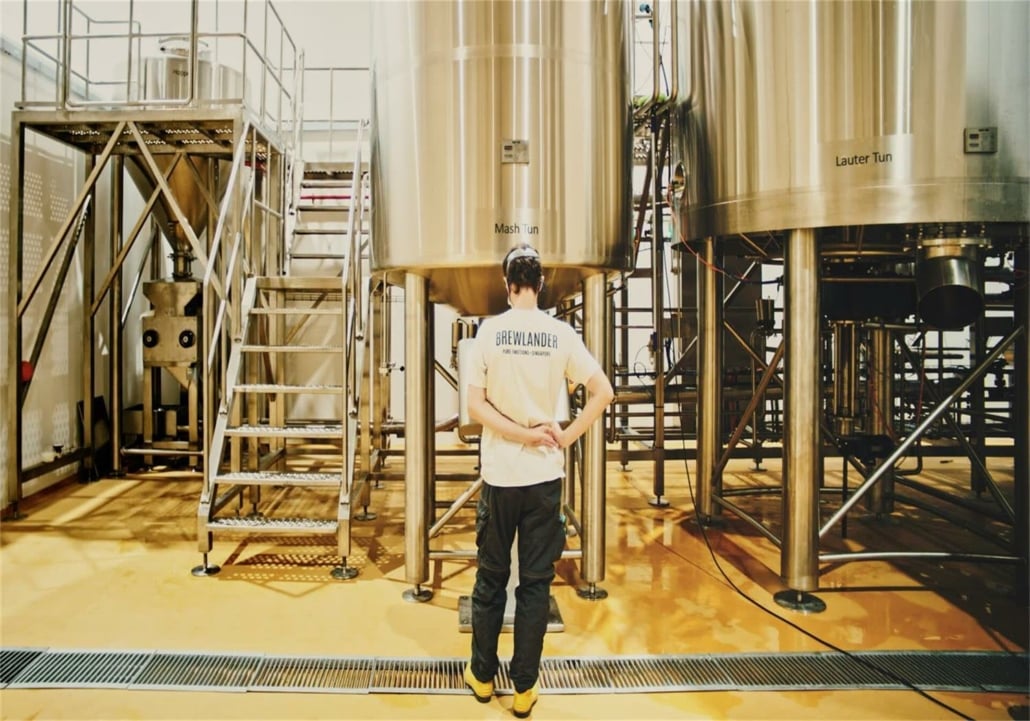
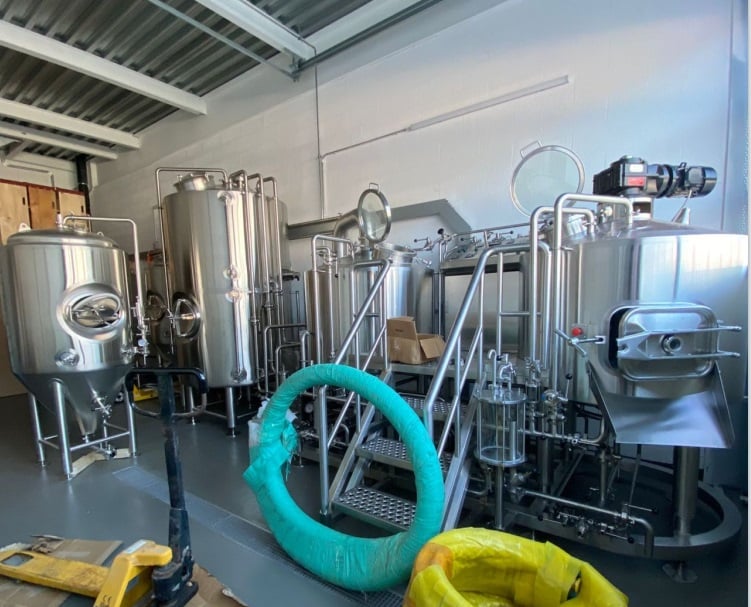


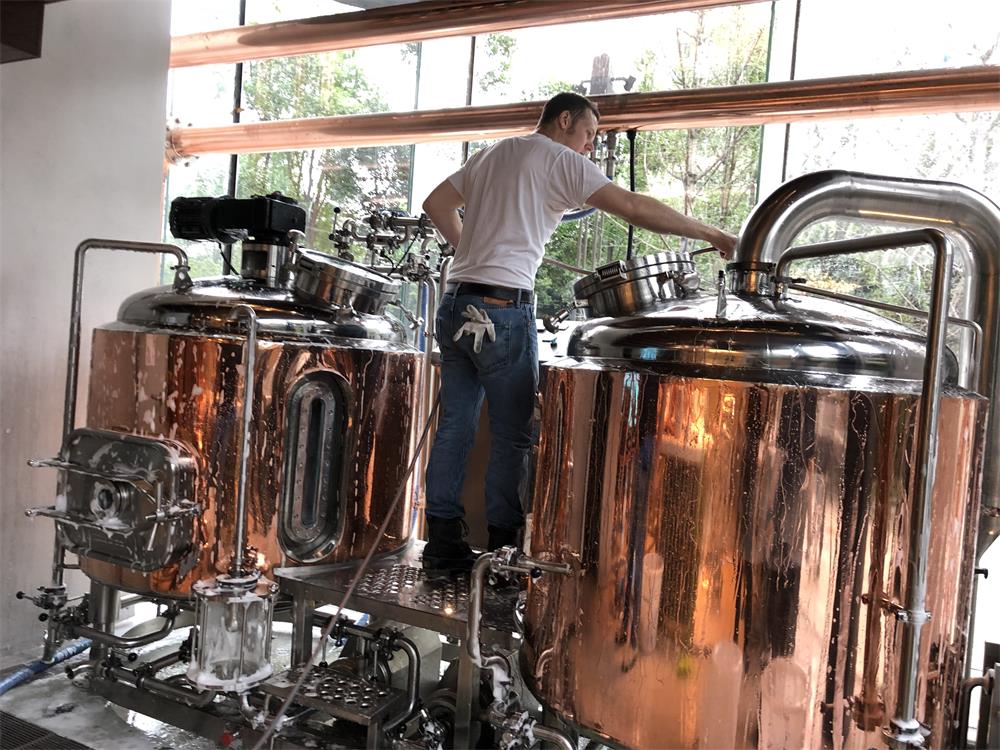
Top-Rated All-in-One Brewing Systems
Let’s put some names to those specs. Here’s a deep dive into some popular systems that brewers can’t stop raving about:
- Grainfather G70: This is the Rolls Royce of home brewing. It’s sleek, all-digital, and handles up to 18-gallon batches. You get app control, programmable steps, and whisper-quiet operation. Downside? It’s pricey—but worth every cent if you’re serious.
- BrewZilla 3.1.1: A more budget-friendly option with serious chops. It handles 9-gallon batches and comes with a built-in pump, digital temperature control, and a glass lid for easy peeking.
- Anvil Foundry: Known for its durable construction and no-nonsense interface, this one’s great for intermediate brewers. The 10.5-gallon model is especially popular for its dual voltage flexibility and included recirculation pump.
- RoboBrew: Think of it as BrewZilla’s cousin—great for smaller batches and beginners, with a friendly price tag and decent automation.
These units vary in price, features, and capacity, but each has its own niche. Your best bet is to match the system to your lifestyle and brewing habits.
Tips for Brewing with an All-in-One System
Alright, you’ve got your shiny new machine—now what? Brewing with an all-in-one system still requires skill and attention. Here are some insider tips to get the most from your setup:
- Preheat Your Water: Start heating your strike water before adding grains to save time and hit mash temps spot on.
- Use the Recirculation Feature: This helps maintain an even mash temp and improves efficiency.
- Clean as You Go: Just because it’s “all-in-one” doesn’t mean it cleans itself. Rinse after every stage.
- Don’t Overfill: Stick to the recommended batch size. Overloading can cause boil-overs or clog pumps.
- Experiment with Grain Crush: Finer crushes can boost efficiency, but too fine may cause stuck sparges.
- Monitor Sparge Temps: Even with automation, temperature consistency during sparge is key for flavor extraction.
Experience teaches best, but starting with solid practices ensures fewer failed batches.
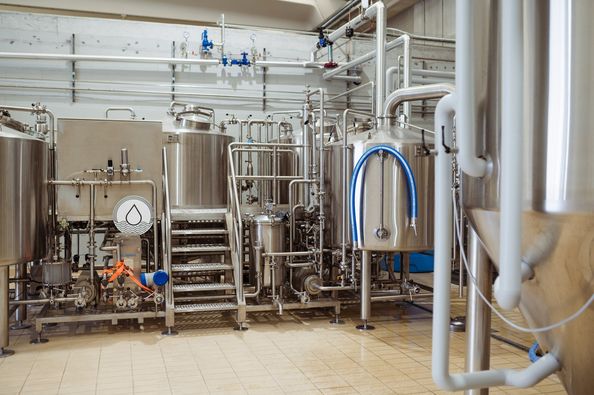
FAQ
| Question | Answer |
|---|---|
| Is an all-in-one system better than traditional brewing setups? | It depends. All-in-one systems are more convenient and compact but may lack the flexibility of modular systems. |
| Can I brew different beer styles with one system? | Absolutely. These systems are versatile enough for IPAs, stouts, lagers—you name it. |
| Are all-in-one systems beginner-friendly? | Yes! Most are designed with newbies in mind, offering step-by-step programming and digital controls. |
| How much beer can I make in one batch? | That varies by model—most home units do 5 to 10 gallons, while advanced models go up to 18+ gallons. |
| What’s the average cost of an all-in-one brewing system? | Anywhere from $300 to $1,500 depending on size and features. |
| Do I still need a fermenter? | Yes. Most systems only handle brewing—you’ll need a separate vessel for fermentation. |
| How long does a typical brew day take? | Around 4–6 hours, from heating water to transferring wort to a fermenter. |

